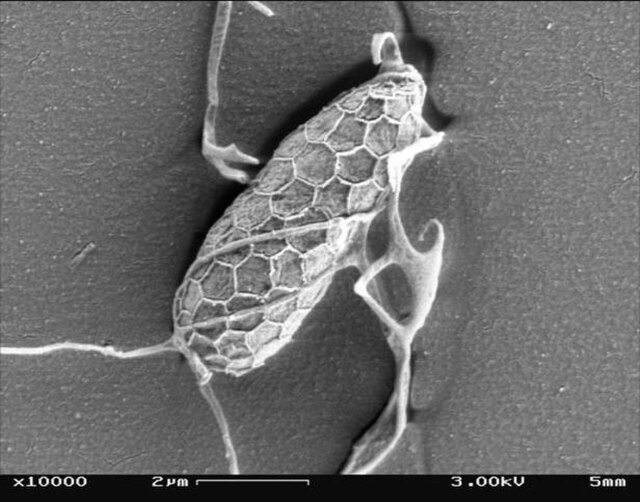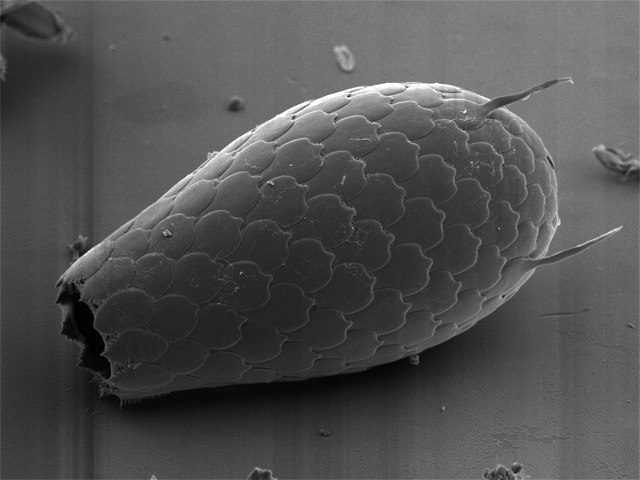Onychophora, commonly known as velvet worms or more ambiguously as peripatus, is a phylum of elongate, soft-bodied, many-legged animals. In appearance they have variously been compared to worms with legs, caterpillars, and slugs. They prey upon other invertebrates, which they catch by ejecting an adhesive slime. Approximately 200 species of velvet worms have been described, although the true number of species is likely greater. The two extant families of velvet worms are Peripatidae and Peripatopsidae. They show a peculiar distribution, with the peripatids being predominantly equatorial and tropical, while the peripatopsids are all found south of the equator. It is the only phylum within Animalia that is wholly endemic to terrestrial environments, at least among extant members. Velvet worms are generally considered close relatives of the Arthropoda and Tardigrada, with which they form the proposed taxon Panarthropoda. This makes them of palaeontological interest, as they can help reconstruct the ancestral arthropod. Only two fossil species are confidently assigned to as onychophorans: Antennipatus from the Late Carboniferous, and Cretoperipatus from the Late Cretaceous, the latter belonging to Peripatidae. In modern zoology, they are particularly renowned for their curious mating behaviours and the bearing of live young in some species.

Onychophora
Head region of Ooperipatellus viridimaculatus, showing its oral papillae and mouthparts
Digestive system of Peripatopsis capensis
A dissected Euperipatoides kanangrensis. The two ovaries, full of stage II embryos, are floating to the bottom of the image.
In biology, a phylum is a level of classification or taxonomic rank below kingdom and above class. Traditionally, in botany the term division has been used instead of phylum, although the International Code of Nomenclature for algae, fungi, and plants accepts the terms as equivalent. Depending on definitions, the animal kingdom Animalia contains about 31 phyla, the plant kingdom Plantae contains about 14 phyla, and the fungus kingdom Fungi contains about 8 phyla. Current research in phylogenetics is uncovering the relationships among phyla within larger clades like Ecdysozoa and Embryophyta.
Image: Amoeba proteus
Image: Toxoplasma gondii
Image: Aplanonet 3
Image: Euglypha sp








